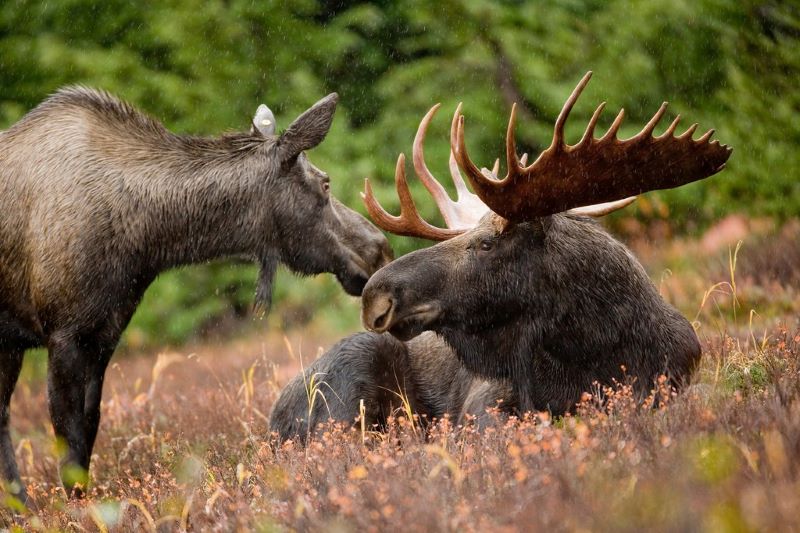LS1.B Growth and Development of Organisms
Below are lesson resources for the Disciplinary Core Idea Growth and Development of Organisms.
Ungulate Range: Vegetation, Habitat, and Climate

Image: Ryan Hagerty/USFWS - licensed under the CC Attribution 2.0 Generic license.
Grade Level: 6-8
Performance Expectation Connections:
MS-LS2-1. Analyze and interpret data to provide evidence for the effects of resource availability on organisms and populations of organisms in an ecosystem.
MS-LS1-5. Construct a scientific explanation based on evidence for how environmental and genetic factors influence the growth of organisms.
MS-LS2-2. Construct an explanation that predicts patterns of interactions among organisms across multiple ecosystems.
Science and Engineering Practices: Constructing Explanations and Designing Solutions; Analyzing and Interpreting Data
Crosscutting Concepts: Patterns; Cause and Effect
Disciplinary Core Ideas: Interdependent Relationships in Ecosystems; Growth and Development of Organisms
Possible Guiding Questions: Why do ungulates live in certain habitats? What factors influence whether an animal will live in a specific area? How might vegetation influence ungulate distribution? How might climate influence ungulate distribution? How might ungulate populations respond to differences in their environment (introduction of predator, climate change, etc.)?
Possible Instructional Uses: This lesson may be used to explore the relationship between animals and their habitats. You may choose to approach it from the perspective of vegetation, diet, or climate. This lesson can also serve as a jumping off point for a discussion on human impacts on ungulate populations and the effects of current management plans.
Contributors: Rhiannon Jakopak, Martha Inouye, Clare Gunshanen, Matthew Bisk
Date Uploaded: 2/7/22
